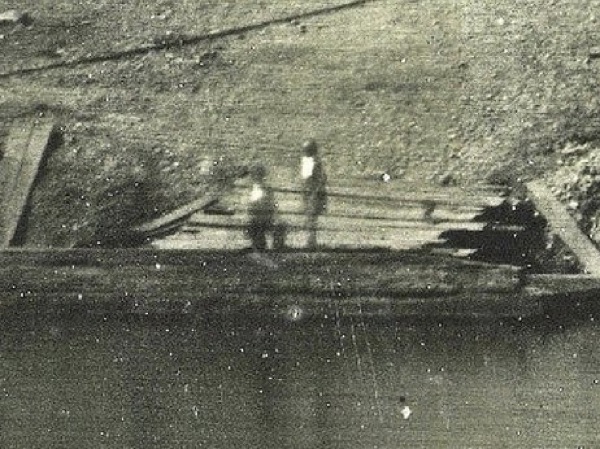And so, when I saw this image in a Yahoo news report, I had to look.
It's not that it's a nineteenth century daguerreotype. It's that this particular one may have actually caught some people in it. Imagine, a photo with people in it! With the daguerreotype process, people typically did not show up in photos of landscapes. They moved about too much.
They did appear in portraits. For a portrait one had to remain as still as possible. As a result, most everyone ended up looking grumpy or weird or both in their portraits. A totally random example is the following:
But in landscapes, we busy little human beings rarely stayed still long enough to be captured in the finished product. That is what makes the Cincinnati waterfront picture above so intriguing. Here is the photo up close:
A small, but interesting point. You may read the whole story at the following address. It's worth the couple of minutes it will take: http://news.yahoo.com/s/yblog_upshot/20101027/od_yblog_upshot/very-early-photographic-images-of-humans-discovered
A small, but interesting point. You may read the whole story at the following address. It's worth the couple of minutes it will take: http://news.yahoo.com/s/yblog_upshot/20101027/od_yblog_upshot/very-early-photographic-images-of-humans-discovered



3 comments:
Fascinating stuff. I actually learned something from your blog. Imagine that.
I especially appreciate the totally random photo that illustrates your point, though I think you could have picked a better totally random sample.
Like this one:
http://www.facebook.com/photo.php?pid=5465758&l=72a92d46d8&id=503662881
Also, is there a comment area for the non-sarcastic? That'd be interesting to see sometime...:-)
Pastor Bakker,
I think the picture to which you refer is much more scarey than the one of Walther!! :-)
Sterle
Post a Comment